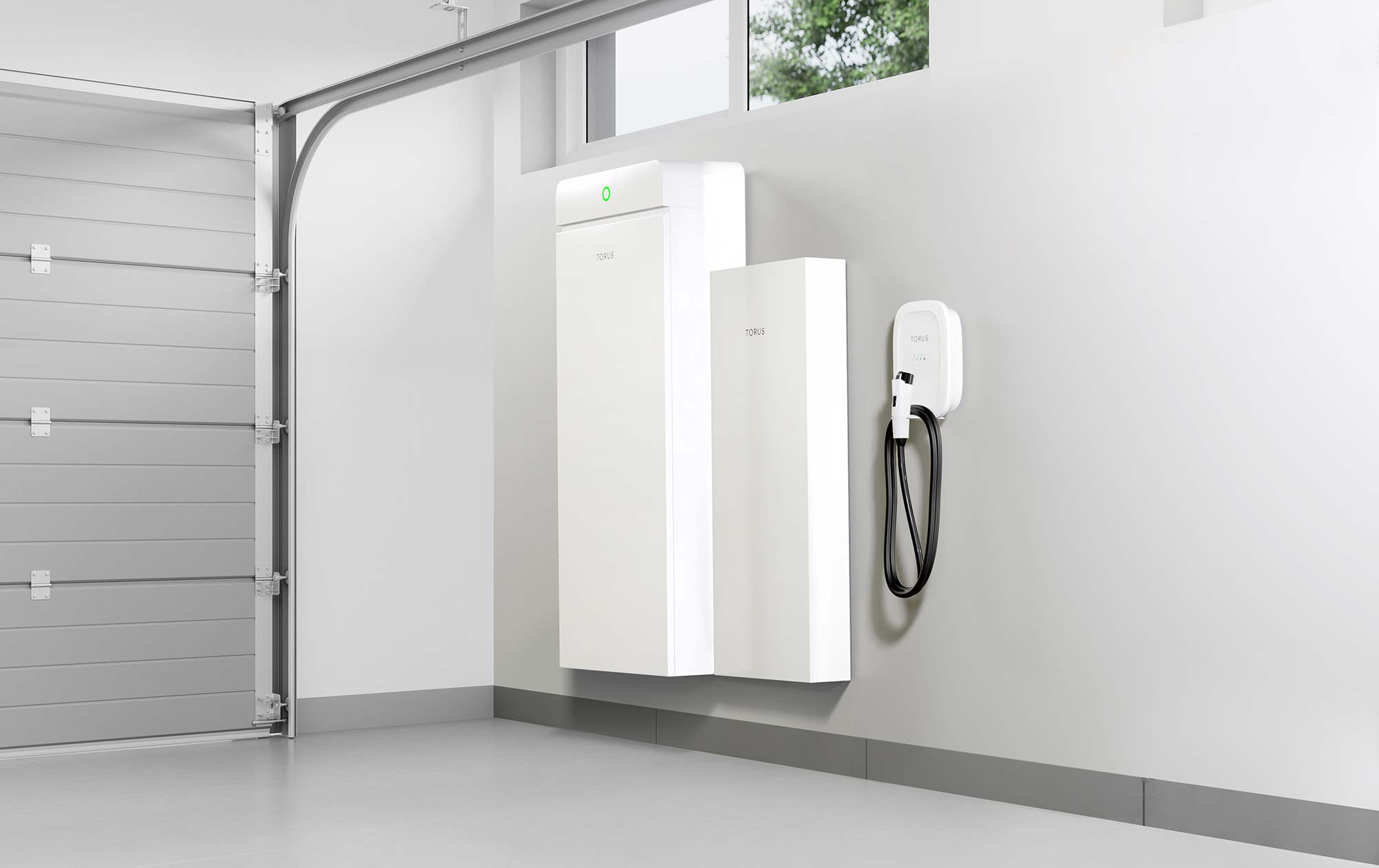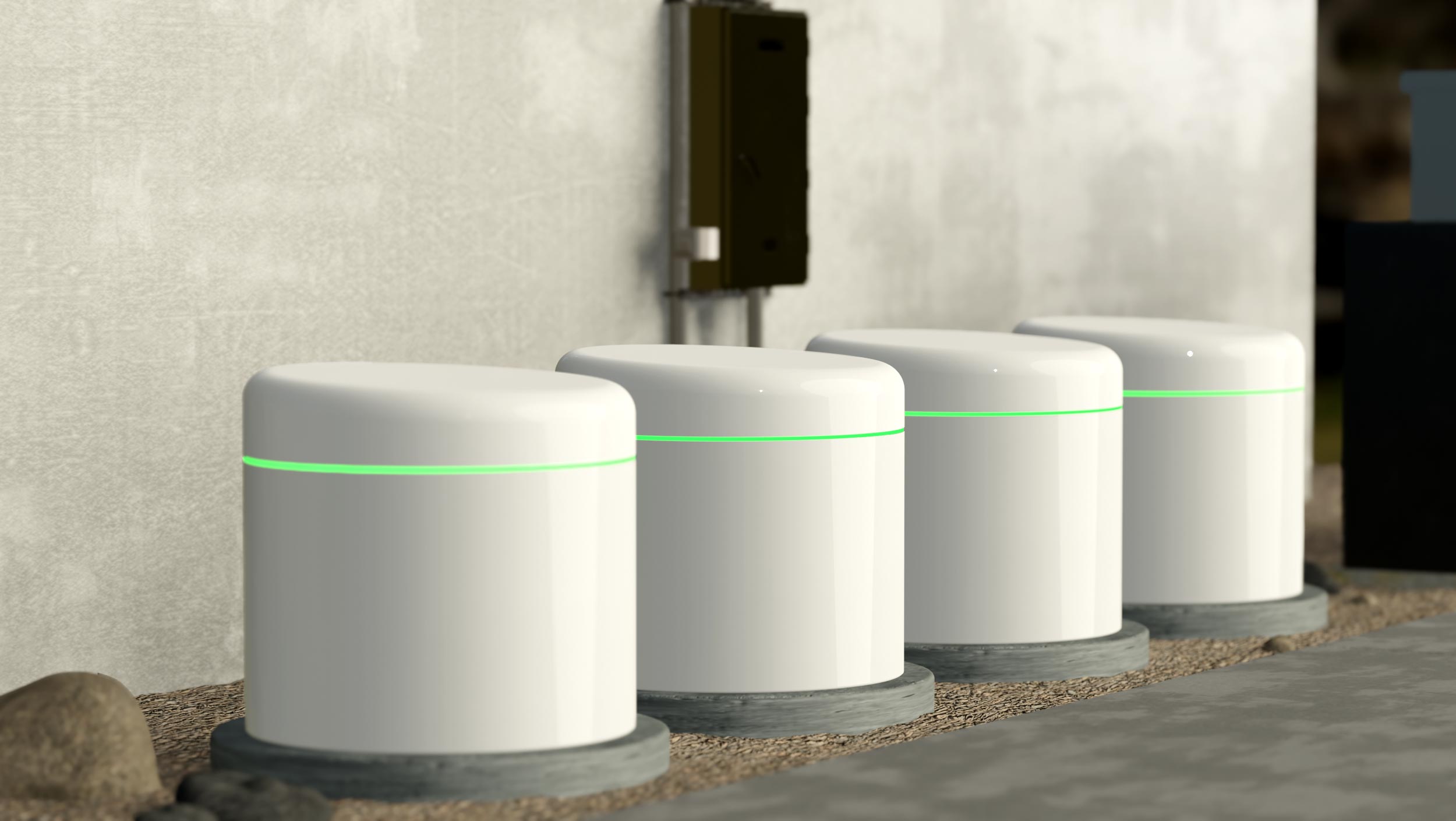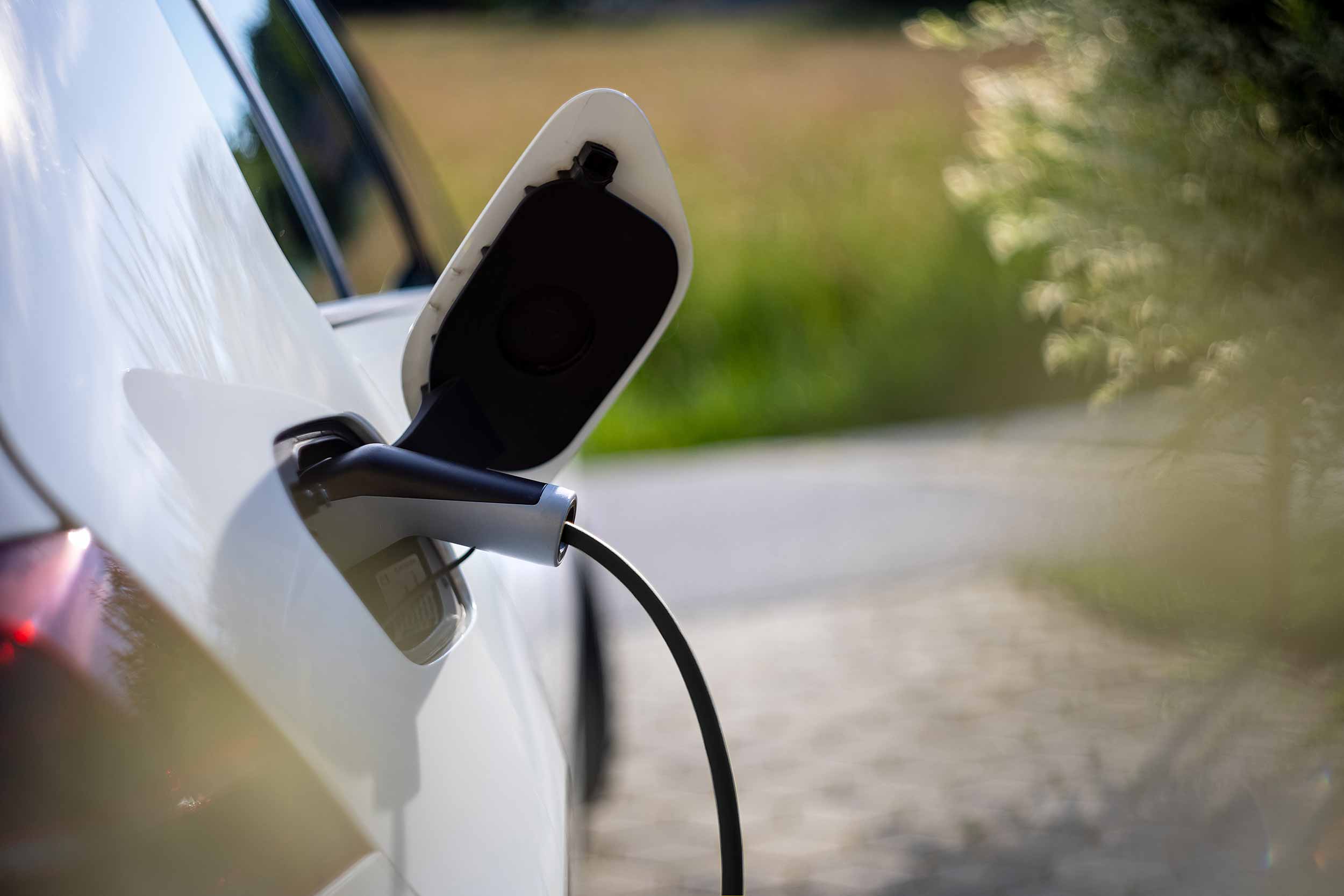What Is The Solar Payback Period?
Calculate how quickly you’ll see returns on your solar investment
A key factor to consider when evaluating whether solar is right for you is the payback period: The solar payback period refers to the time it takes for the savings on your energy bills to equal or surpass the initial cost of installing the solar panel system. Below we’ll dive into the the influencing factors and help you successfully analyze the return on your solar investment.
Understanding the Solar Payback Period:
The solar payback period is influenced by various factors, including the upfront cost of the solar system, available incentives and rebates, your electricity usage, local electricity rates, and financing options. Typically, the payback period is calculated by dividing the initial cost of the solar system by the annual energy savings achieved.
Factors Influencing the Payback Period:
- System Cost: The total cost of a solar system depends on a few factors like the size of the installation, quality of solar panels, inverter technology, and any additional equipment needed for the installation. Generally, the larger the system, the higher the upfront cost, which affects the payback period.
- Incentives and Rebates: Solar incentives and rebates offered at federal, state, and local levels can significantly impact the payback period. These incentives, such as tax credits and grants, can lower the initial investment, resulting in a shorter payback period.
- Energy Usage and Savings: The amount of electricity you consume and produce plays a crucial role in the payback period. Households with higher electricity usage and greater solar energy production typically have a quicker payback.
- Electricity Rates: The cost of electricity from your utility company will affect your payback period. If you are in an area with high electricity rates, the savings from solar energy will be more substantial, leading to a shorter payback period.
Assessing Your Solar Investment:
- Gather Information: Obtain quotes from solar installers to estimate the system cost. Research and educate yourself on the available solar incentives and rebates in your area.
- Analyze Energy Usage: Review your energy bills to understand your average monthly electricity consumption. Consider any future changes in energy needs, such as electric vehicle charging or home expansions.
- Estimate Savings: Calculate the potential energy savings by considering factors like system size, available sunlight, and system efficiency. Solar installers can provide detailed production estimates
- Explore Financing Options: If you’re not paying for the system upfront, explore financing options like solar loans or leases. Consider the terms, interest rates, and how they’ll affect the payback period.
The Torus Station is the most effective way to create, store, and manage clean, renewable energy at home. Curious? Learn more! Interested in a free consultation? Get in touch! Ready to commit? Customize your system.




